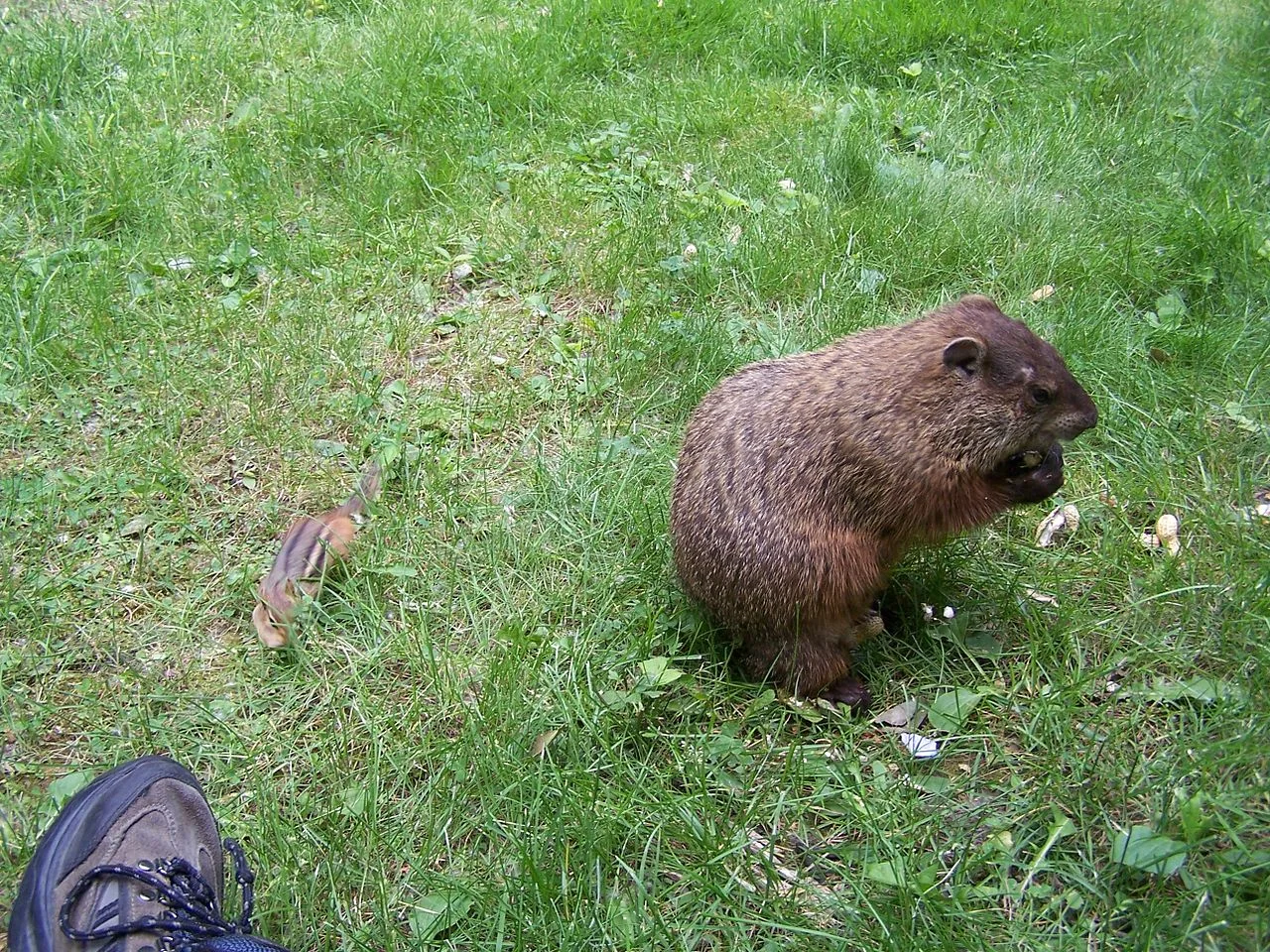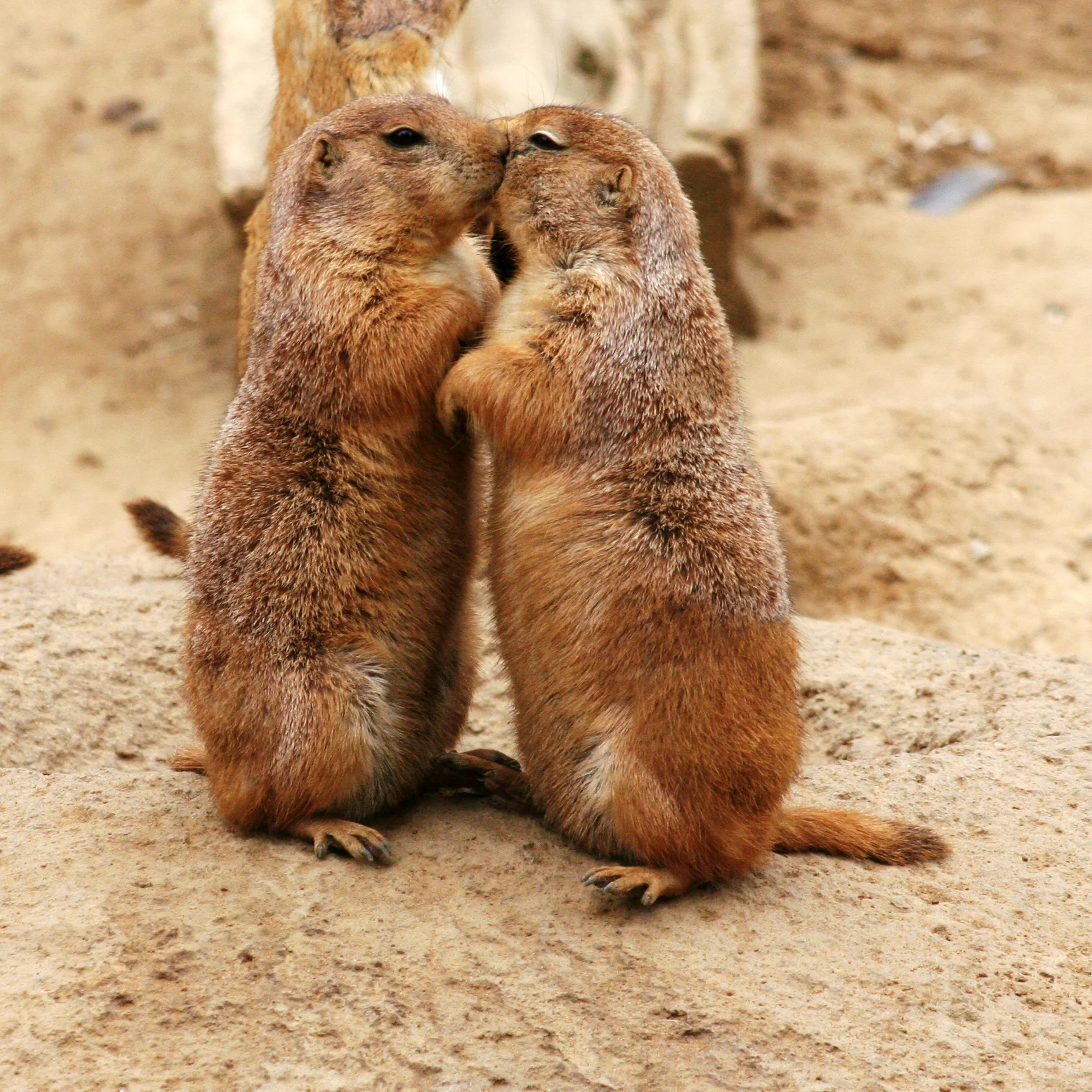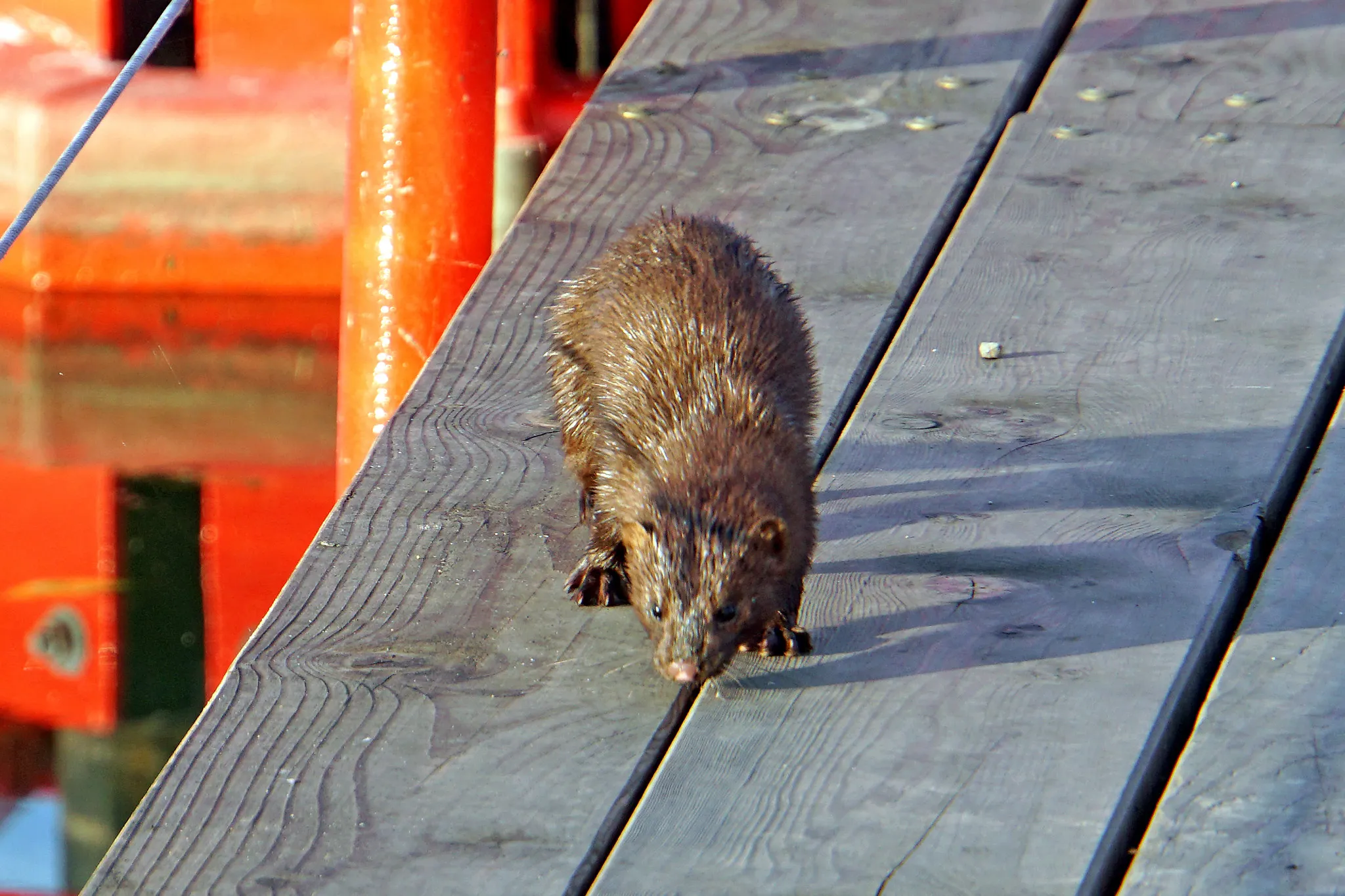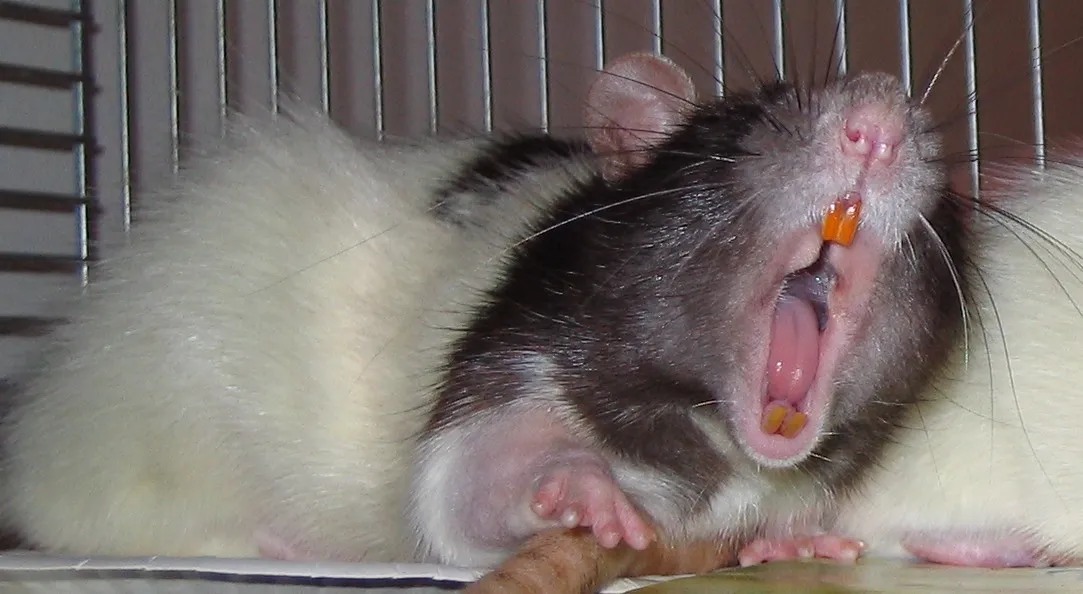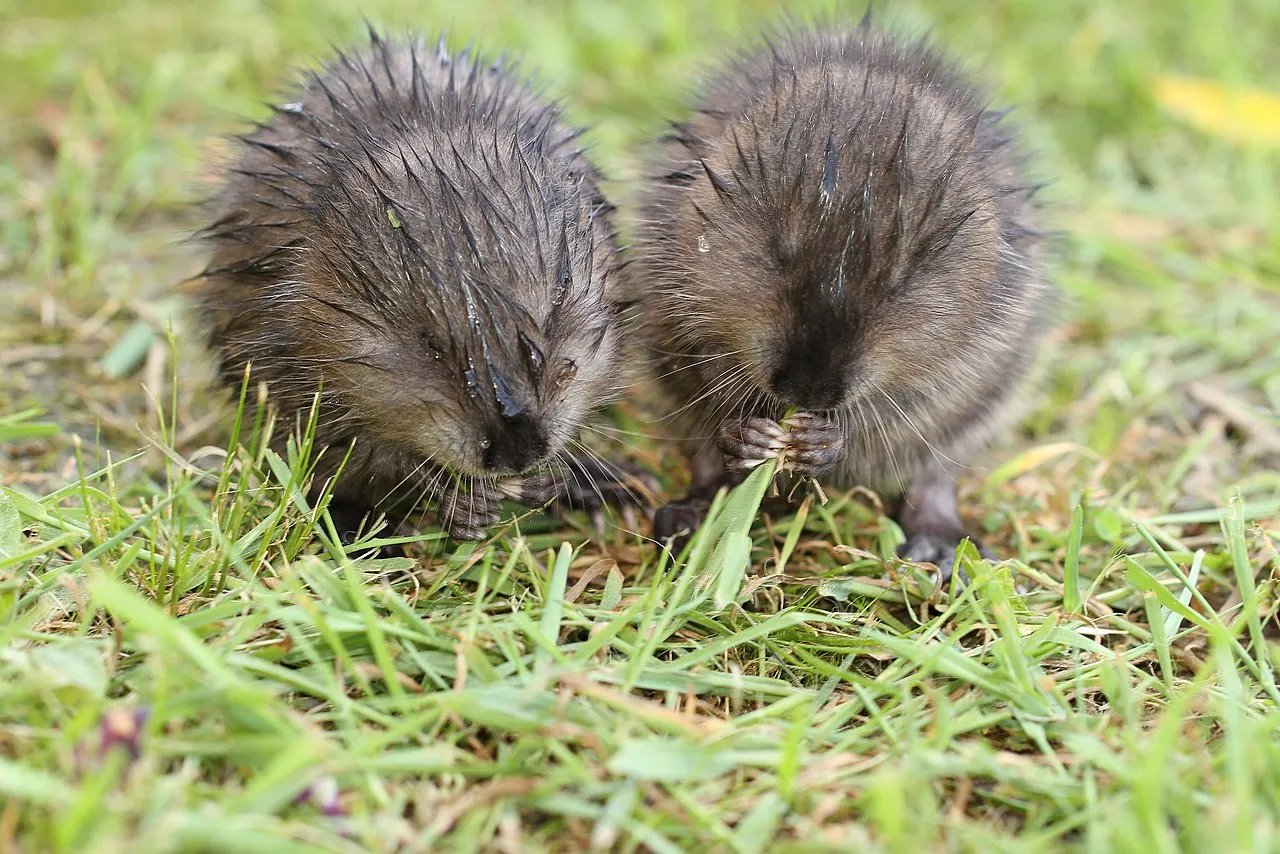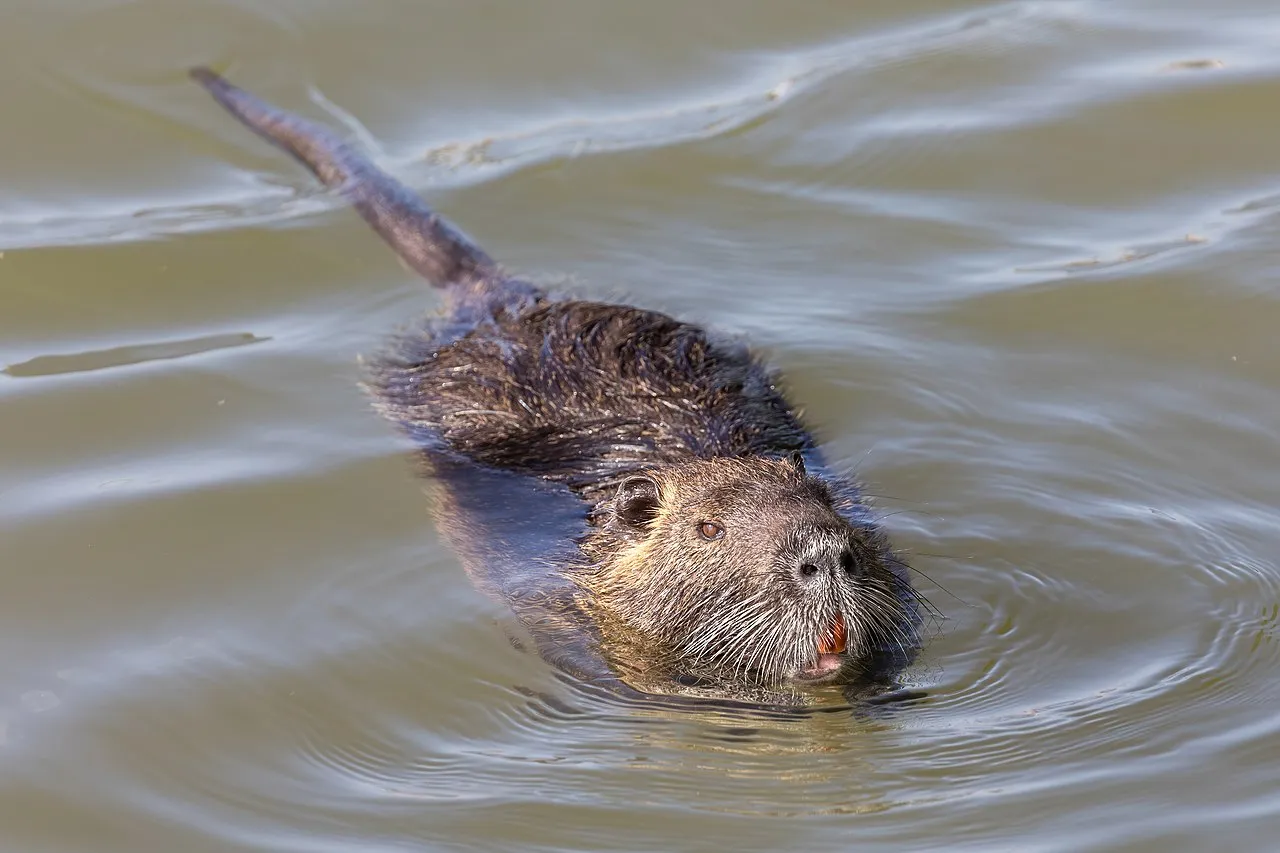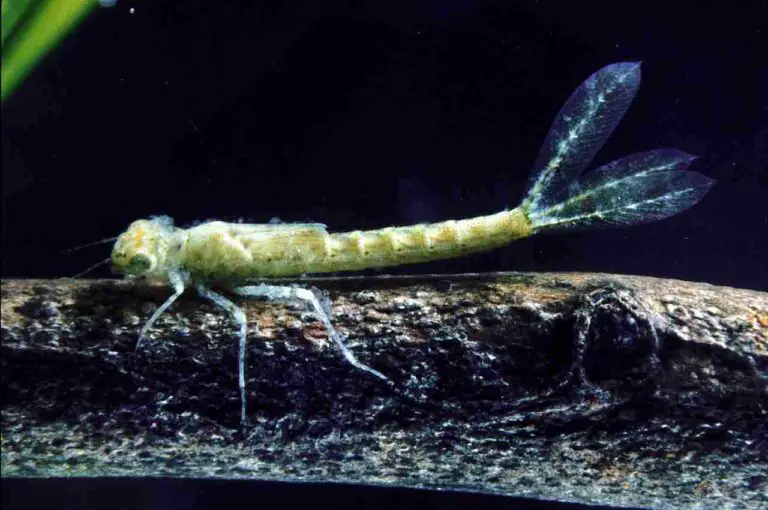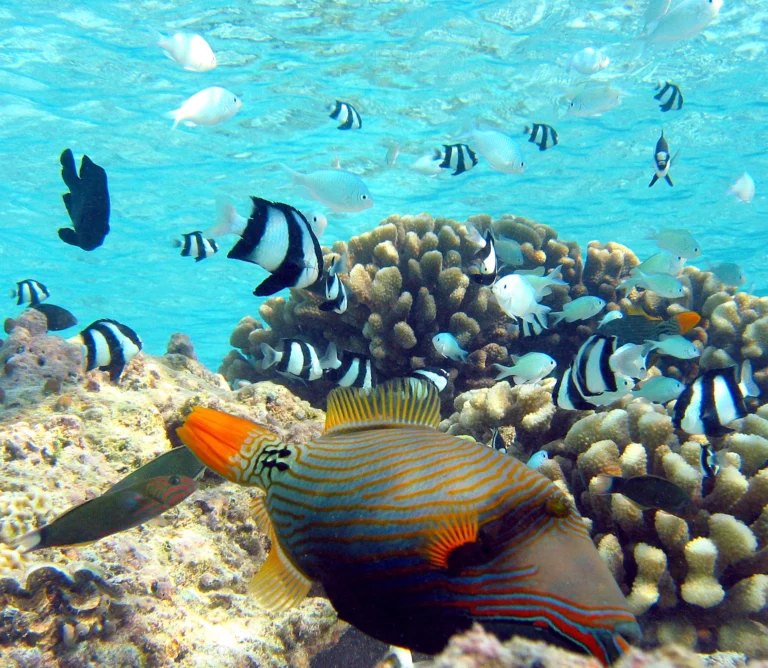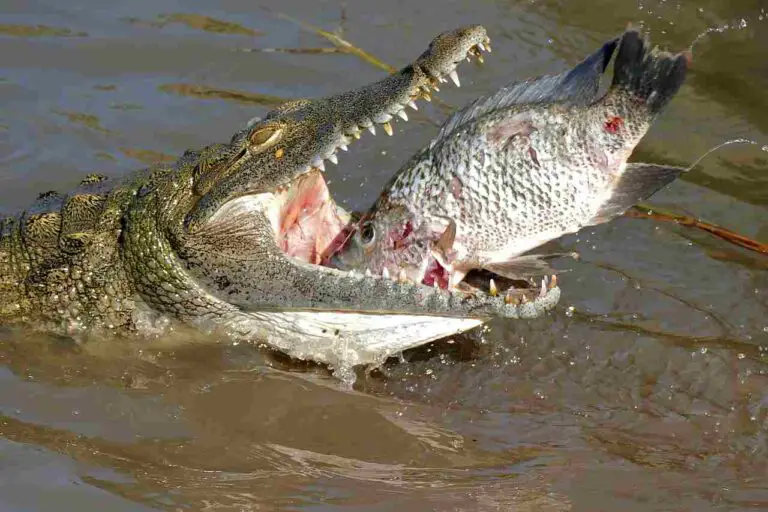Groundhog Vs Muskrat Size, Weight, Overall Comparison
Examining the distinctions between groundhogs and muskrats reveals differences in size, habitat, and tail characteristics. While both rodents share the Order Rodentia, groundhogs stand out as larger creatures, showcasing variances in physical traits and ecological preferences.
I. Size Disparity:
– Groundhogs, belonging to the Order Rodentia, are notably larger, being approximately 2-4 times the size of muskrats. This significant size difference sets groundhogs apart from their muskrat relatives.
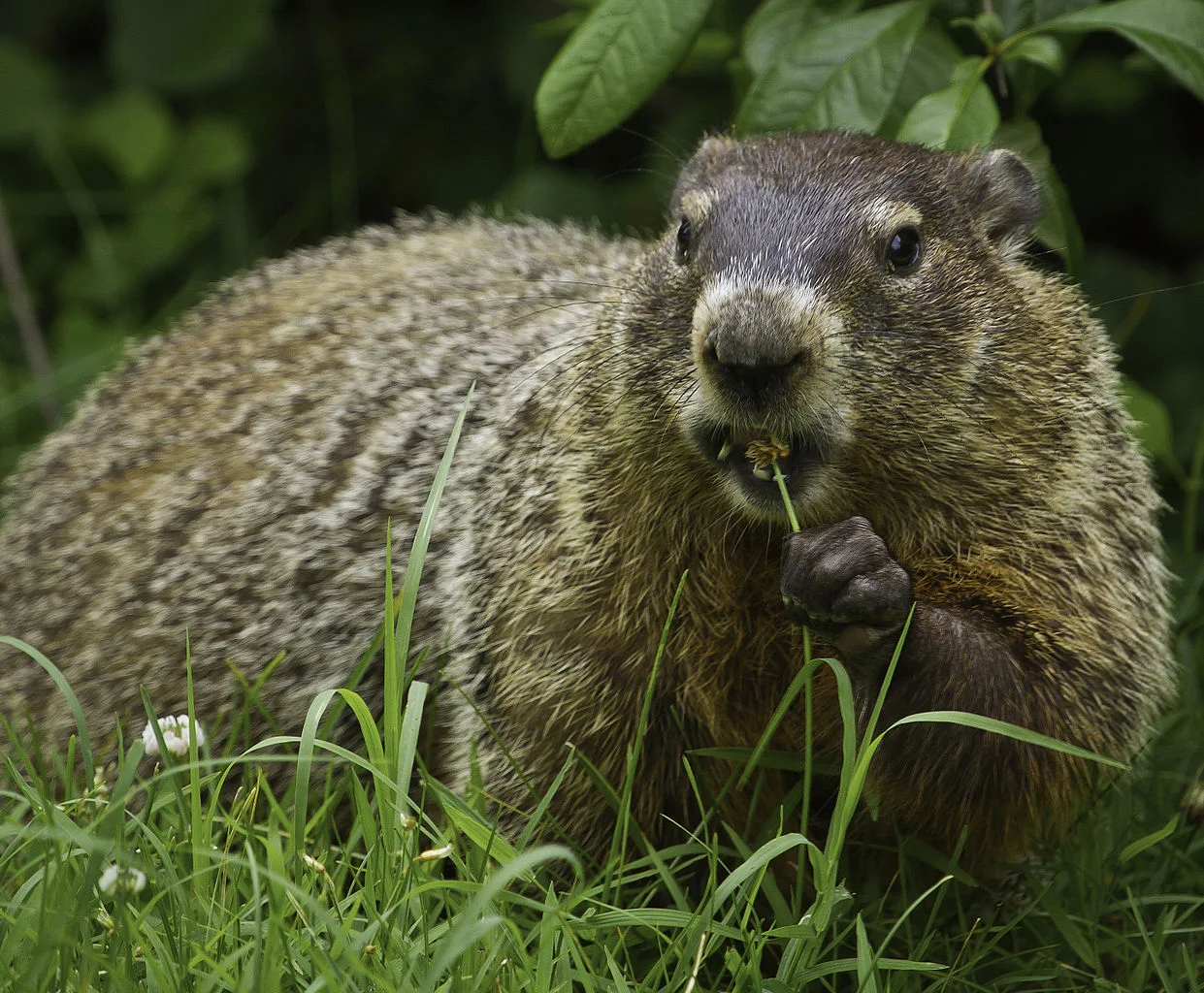
II. Taxonomic Classification:
– Although both groundhogs and muskrats fall under the Order Rodentia, muskrats are more closely related to lemmings and voles than to groundhogs. This taxonomic distinction emphasizes the diverse biological relationships within the rodent family.
III. Habitat and Ecology:
– Groundhogs and muskrats exhibit distinct habitat preferences. Groundhogs are terrestrial creatures, while muskrats thrive in aquatic environments. This divergence in ecological niches contributes to their differentiated lifestyles and behavior.
IV. Tail Characteristics:
– Muskrats typically possess tails that are flat on the sides, suited for their semi-aquatic lifestyle. In contrast, groundhogs have shorter, bushier tails adapted to their burrowing habits. The variance in tail characteristics serves as a visual cue for distinguishing between the two rodent species.
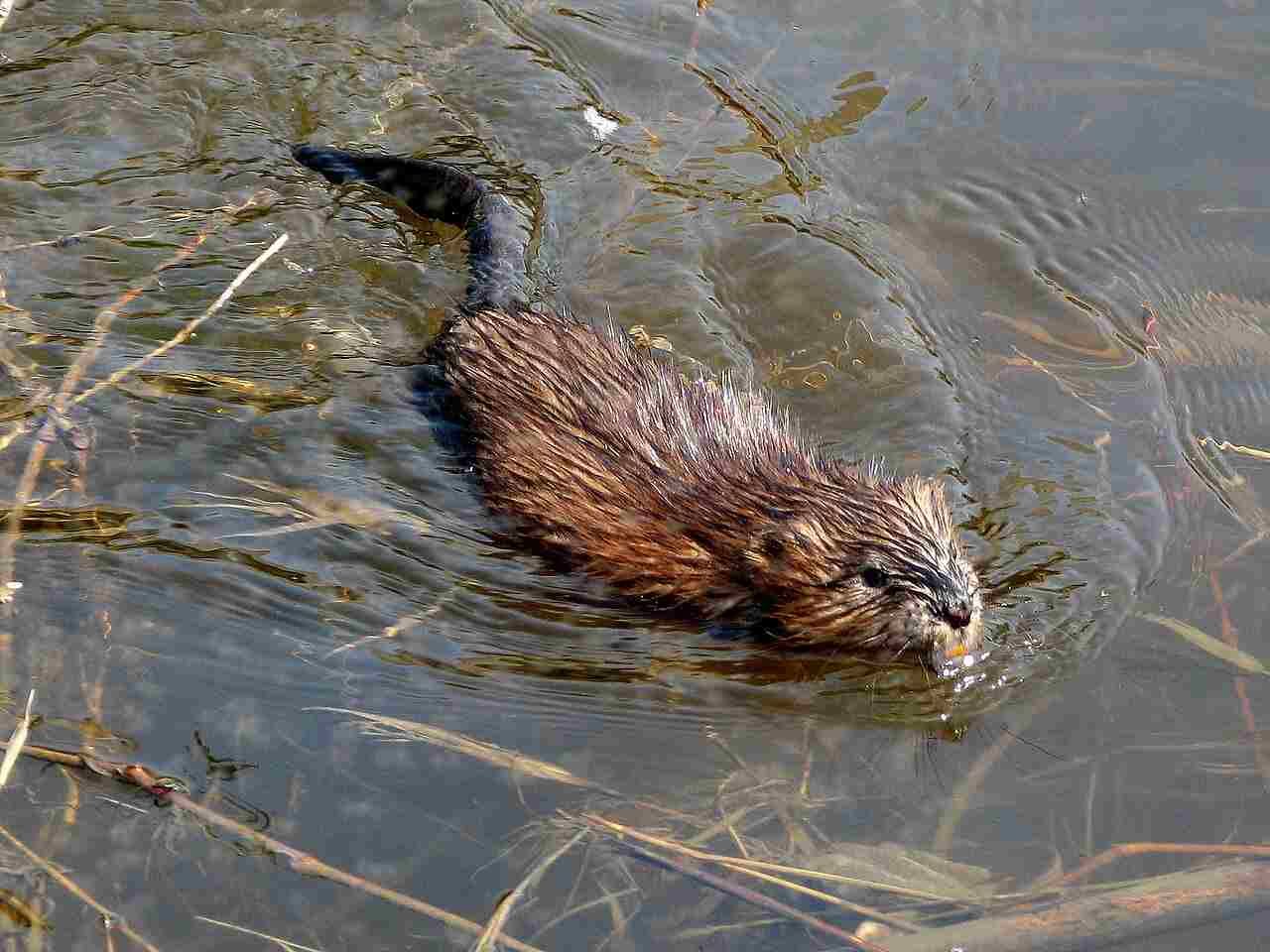
V. Behavioral Traits:
– Groundhogs primarily display terrestrial behaviors, including burrowing and foraging on land. Muskrats, on the other hand, are adept swimmers and engage in aquatic activities, showcasing their distinctive behaviors associated with life near water.
*Details of Comparison
| Criteria | Groundhog | Muskrat |
| Taxonomy | Family Sciuridae, Genus Marmota |
Family Cricetidae, Genus Ondatra
|
| Appearance | Robust, short-tailed, brown/gray fur |
Streamlined, scaly tail, brown waterproof fur
|
| Size | 16-26 inches | 16-24 inches |
| Weight | 4-9 pounds | 1.5-4 pounds |
| Bite Force (PSI) | Limited data | Limited data |
| Offensive Advantages | Digging, quick movements |
Sharp incisors, agile swimmers
|
| Defensive Advantages | Burrowing, vigilance |
Diving, swimming, hiding
|
| Speed | 8 mph |
Land speed not well-documented
|
| Agility | Terrestrial agility | Aquatic agility |
| Senses | Good sense of smell and hearing |
Good sense of smell and hearing
|
| Physical Capacity | Burrowing, moderate mobility |
Swimming, efficient movement in water
|
| Habitat Preference | Woodlands, grasslands, North America |
Wetlands, lakes, ponds, North America, Eurasia
|
| Tracks | Clawed tracks leading to burrows |
Webbed hind feet tracks near water
|
| Lifespan | 3-6 years | 3-4 years |
| Feeding | Herbivorous | Herbivorous |
| Intelligence | Problem-solving abilities |
Problem-solving abilities
|
| Social Behavior | Generally solitary |
Social, family groups
|
| Reproduction | Solitary breeders, 2-6 young |
Group breeding, 3-8 young
|
| Parental Behavior | Female cares for young |
Cooperative parental care
|
| Proximity to Humans | Suburban, rural areas |
Near bodies of water, urban ponds
|
| Behavior Toward Humans | Avoids direct contact |
Avoids direct contact
|
| Danger to Humans | Not considered dangerous |
Not considered dangerous
|
| Precautions | Garden protection, deterrents |
Wetland habitat management
|
| Conservation Status | Not a significant concern | Not a significant concern |
1. Taxonomy:
Groundhog (Marmota monax):
Kingdom: Animalia
Phylum: Chordata
Class: Mammalia
Order: Rodentia
Family: Sciuridae
Genus: Marmota
Species: M. monax
Muskrat (Ondatra zibethicus):
Kingdom: Animalia
Phylum: Chordata
Class: Mammalia
Order: Rodentia
Family: Cricetidae
Genus: Ondatra
Species: O. zibethicus
2. Appearance:
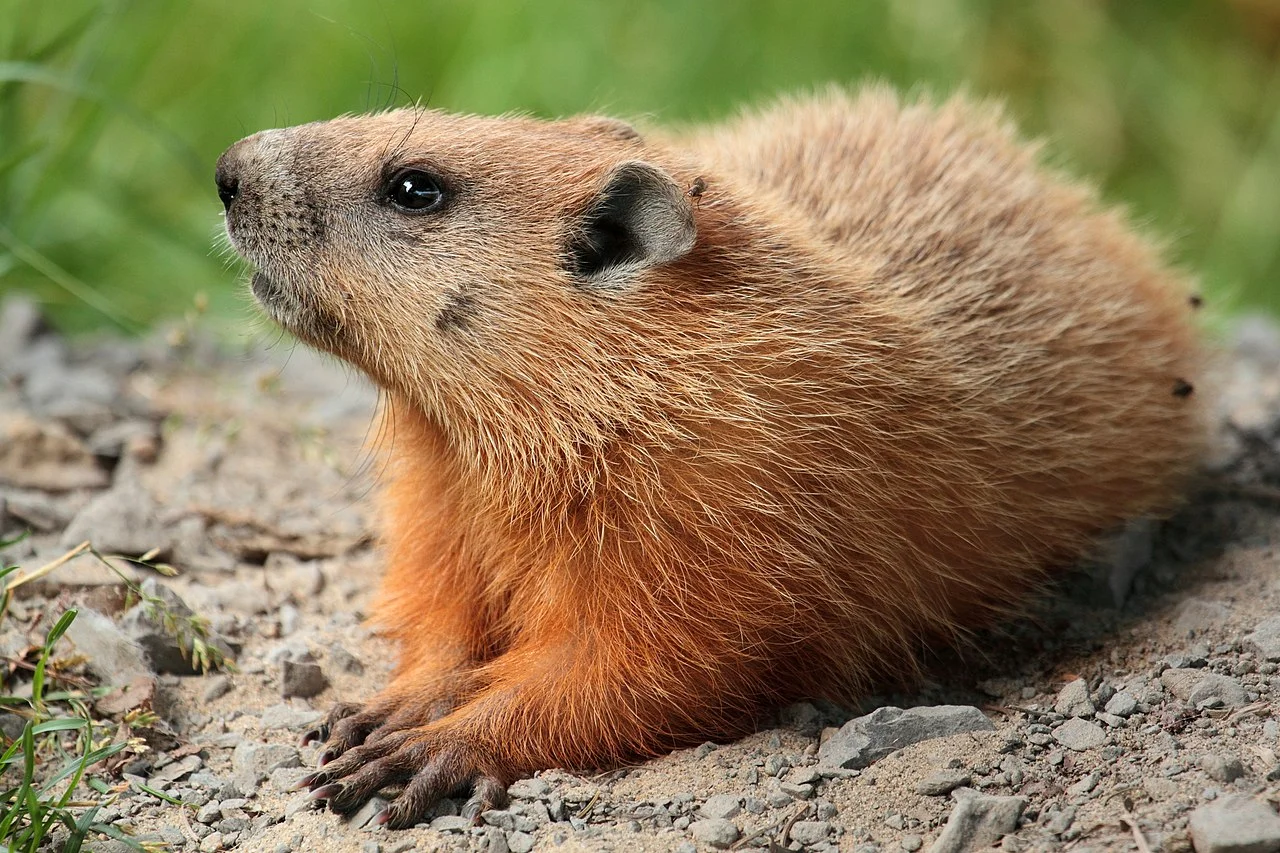
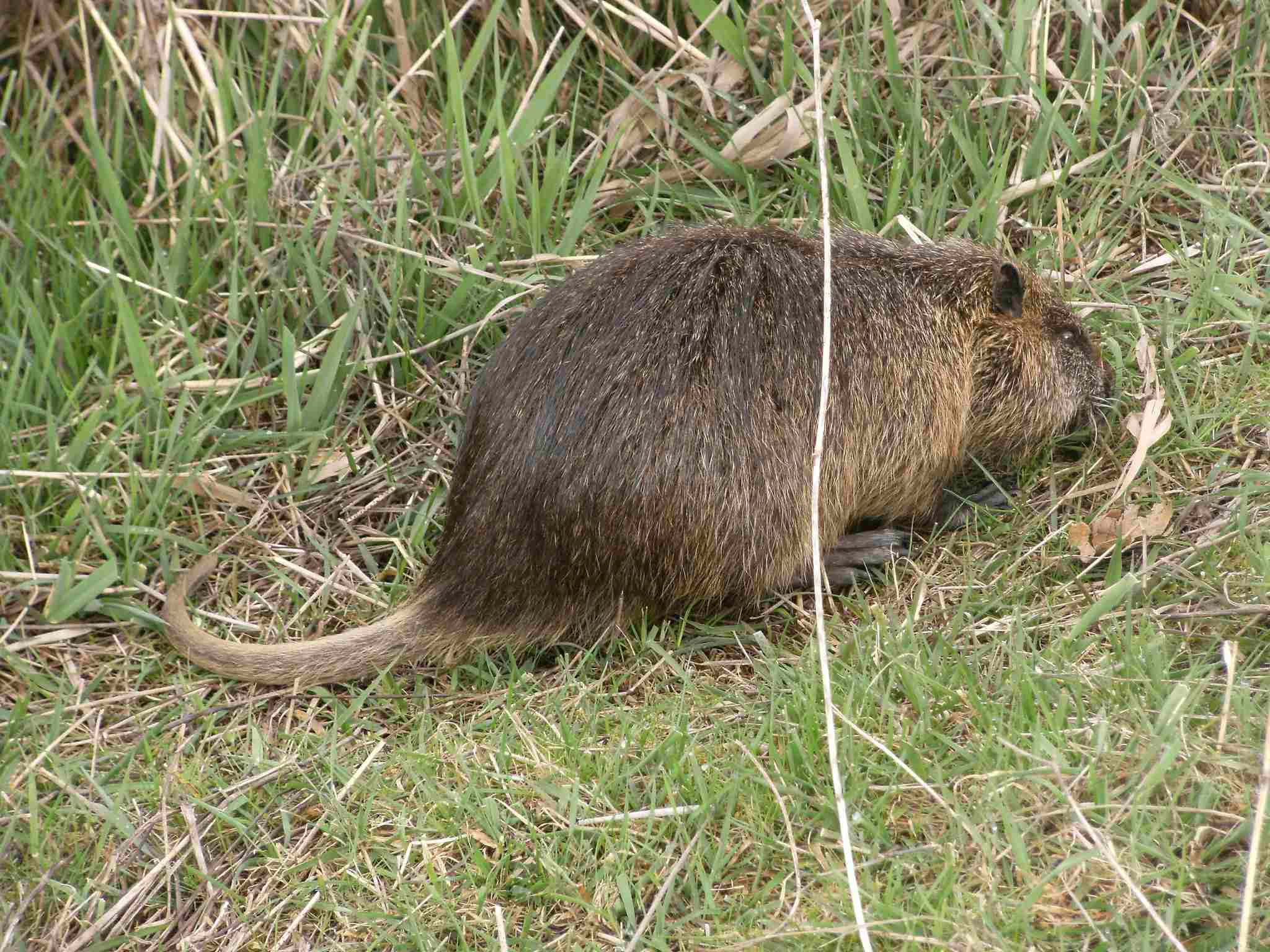
Groundhog:
Robust, compact body with a short, bushy tail.
Fur color ranges from brown to gray with a lighter underside.
Strong claws for digging burrows.
Muskrat:
Slender, streamlined body with a scaly, vertically flattened tail.
Brown fur, dense and waterproof.
Webbed hind feet adapted for aquatic environments.
Comparison: Groundhogs have a more robust build, adapted for burrowing, while muskrats are streamlined for efficient swimming in aquatic habitats.
Ecological Implications: Groundhogs contribute to soil aeration through burrowing, impacting vegetation. Muskrats play a role in wetland ecosystems by influencing vegetation growth and water quality.
3. Size:
Groundhog:
Length: 16-26 inches (41-66 cm)
Tail: 4-7 inches (10-18 cm)
Muskrat:
Length: 16-24 inches (40-61 cm)
Tail: 7-11 inches (18-28 cm)
Comparison: Both groundhogs and muskrats have a similar length, but muskrats generally have longer tails.
Ecological Implications: Size affects the ecological niche, with groundhogs occupying terrestrial burrows and muskrats thriving in aquatic habitats.
4. Weight:
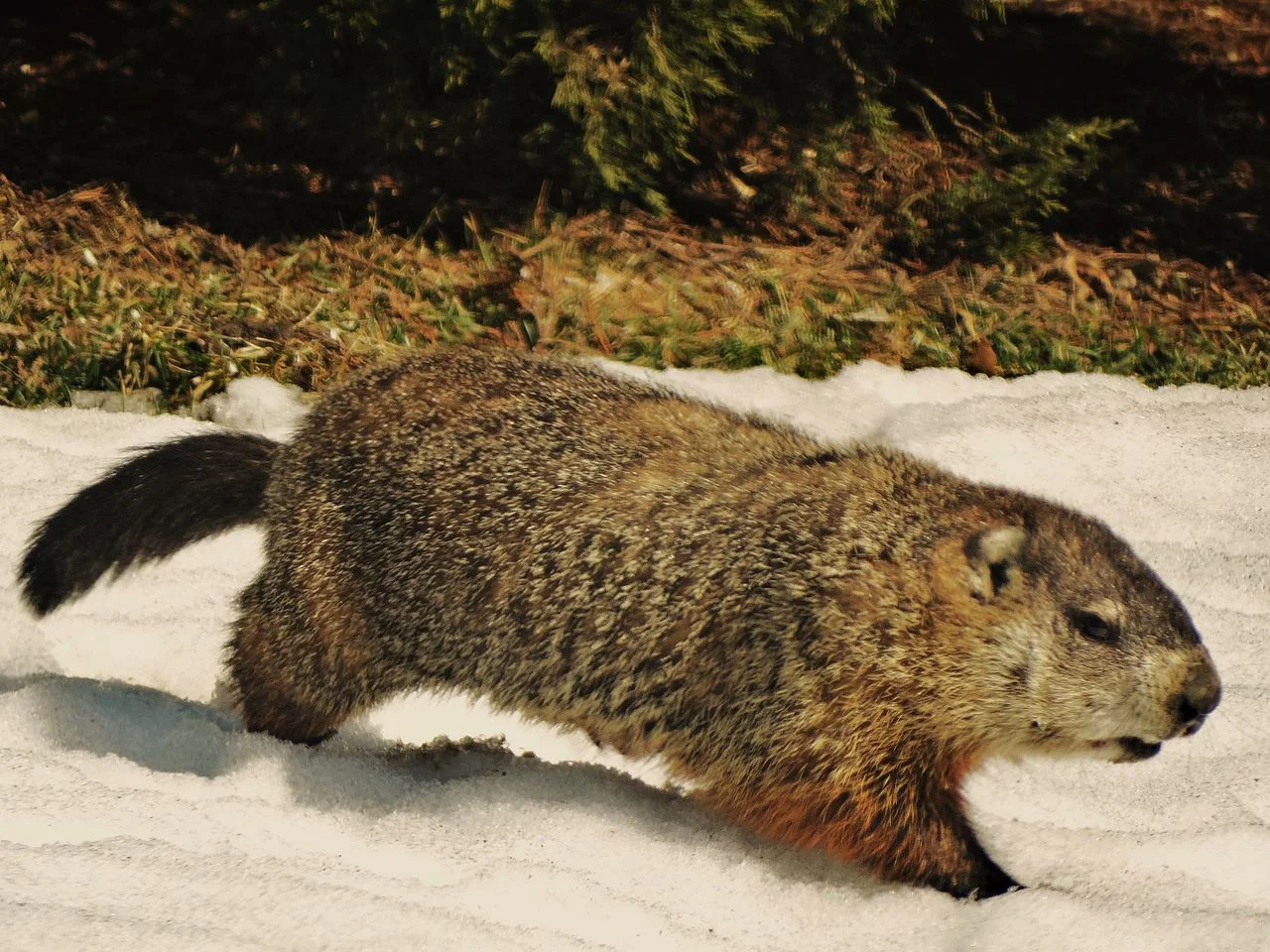
Groundhog:
Average: 4-9 pounds (1.8-4.1 kg)
Muskrat:
Average: 1.5-4 pounds (0.7-1.8 kg)
Comparison: Groundhogs are generally heavier than muskrats.
Ecological Implications: Weight influences energy requirements and resource utilization, impacting their roles within ecosystems.
5. Bite Force (PSI – Pounds per Square Inch):
Groundhog: Information on precise bite force is limited.
Muskrat: Information on precise bite force is limited.
Comparison: Limited data on bite force for both species makes direct comparison challenging.
Ecological Implications: Bite force may be linked to feeding habits, but detailed information is crucial for ecological assessments.
6. Physical Offensive Advantages:
Groundhog:
Strong digging capabilities with sharp claws.
Quick movements when threatened.
Muskrat:
Sharp incisors for cutting vegetation.
Agile swimmers, able to escape predators in water.
Comparison: Groundhogs rely on burrowing and quick movements, while muskrats use their agility in water as a primary defense.
Ecological Implications: These offensive advantages contribute to survival strategies in their respective habitats.
7. Physical Defensive Advantages:
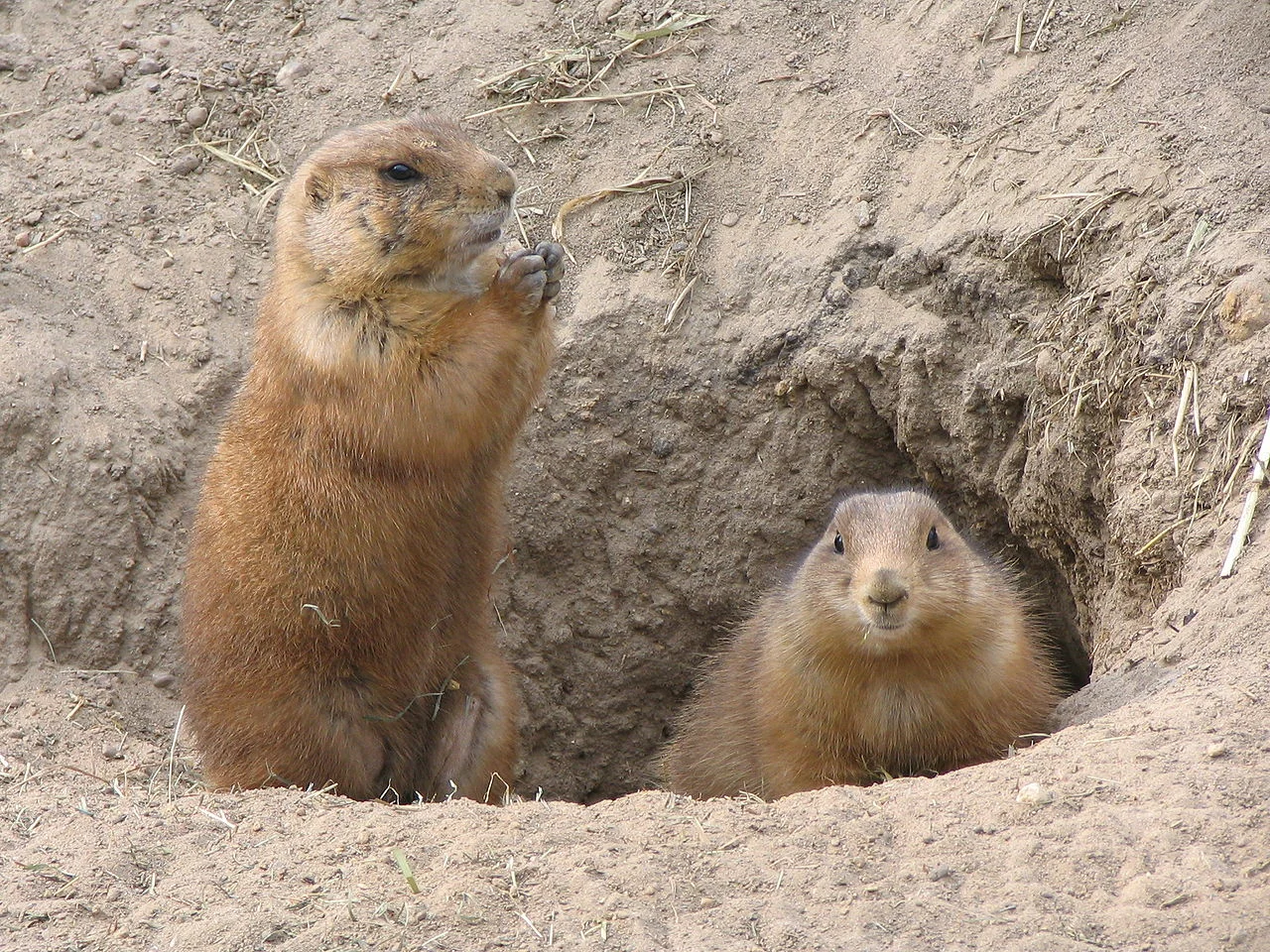
Groundhog:
Well-adapted for burrowing to escape predators.
Alertness and vigilance as a defense mechanism.
Muskrat:
Ability to dive and swim to escape predators.
Concealment in vegetation for protection.
Comparison: Groundhogs use burrows and vigilance, whereas muskrats employ aquatic escape and hiding techniques.
Ecological Implications: Defensive adaptations contribute to maintaining population levels and ecological balance.
8. Speed (Km/hour or Mile/hour):
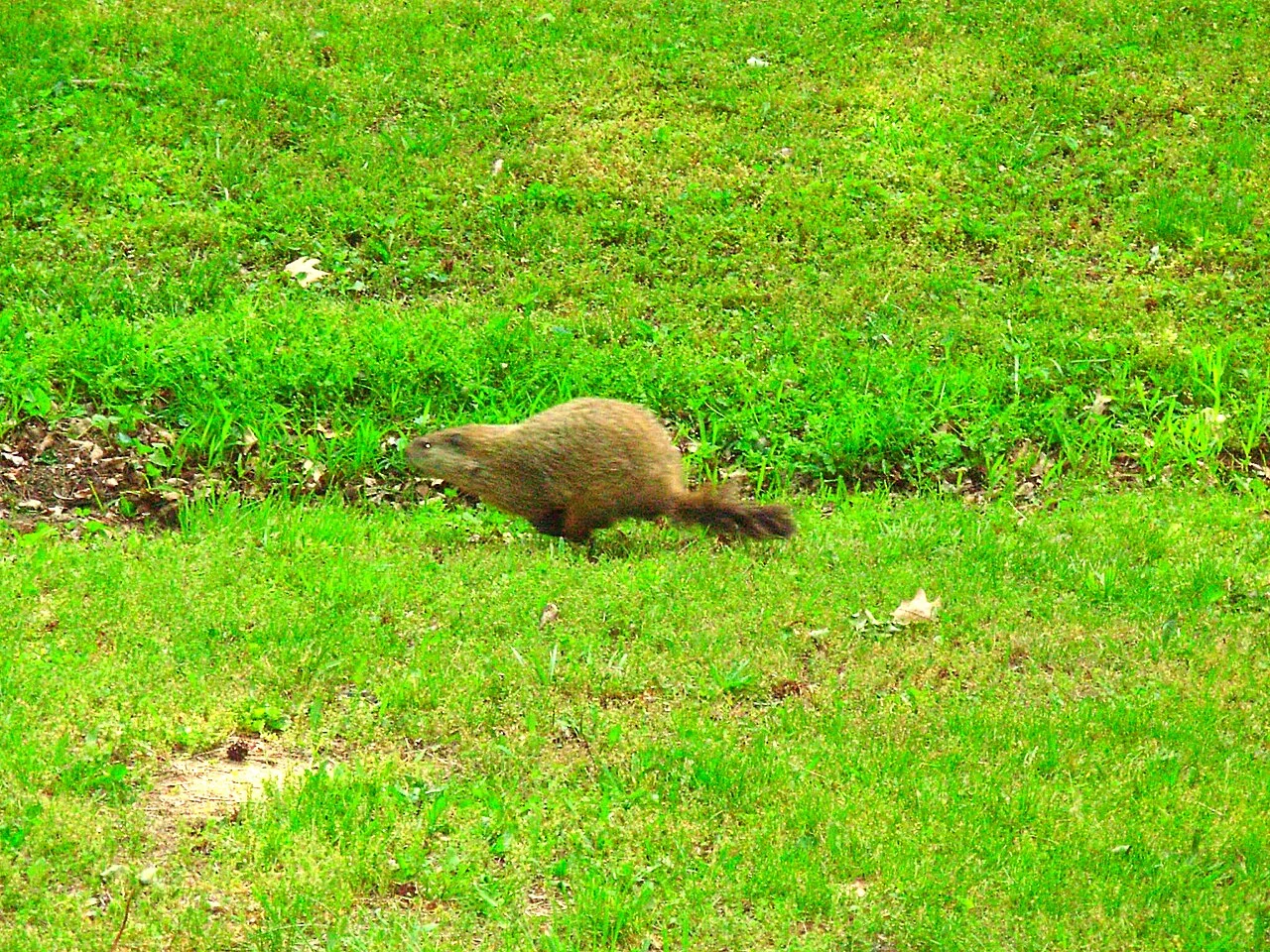
Groundhog: About 8 mph (13 km/h).
Muskrat: Agile swimmers, but land speed is not well-documented.
Comparison: Groundhogs are known for their moderate land speed, while muskrats excel in water.
Ecological Implications: Speed influences foraging efficiency and escape from predators in their respective environments.
9. Agility:
Groundhog: Agile for digging and navigating through burrows.
Muskrat: Highly agile in water, using streamlined bodies and webbed feet.
Comparison: Groundhogs showcase agility in terrestrial environments, whereas muskrats excel in aquatic agility.
Ecological Implications: Adaptability and agility are crucial for survival and resource acquisition in diverse habitats.
10. Senses:
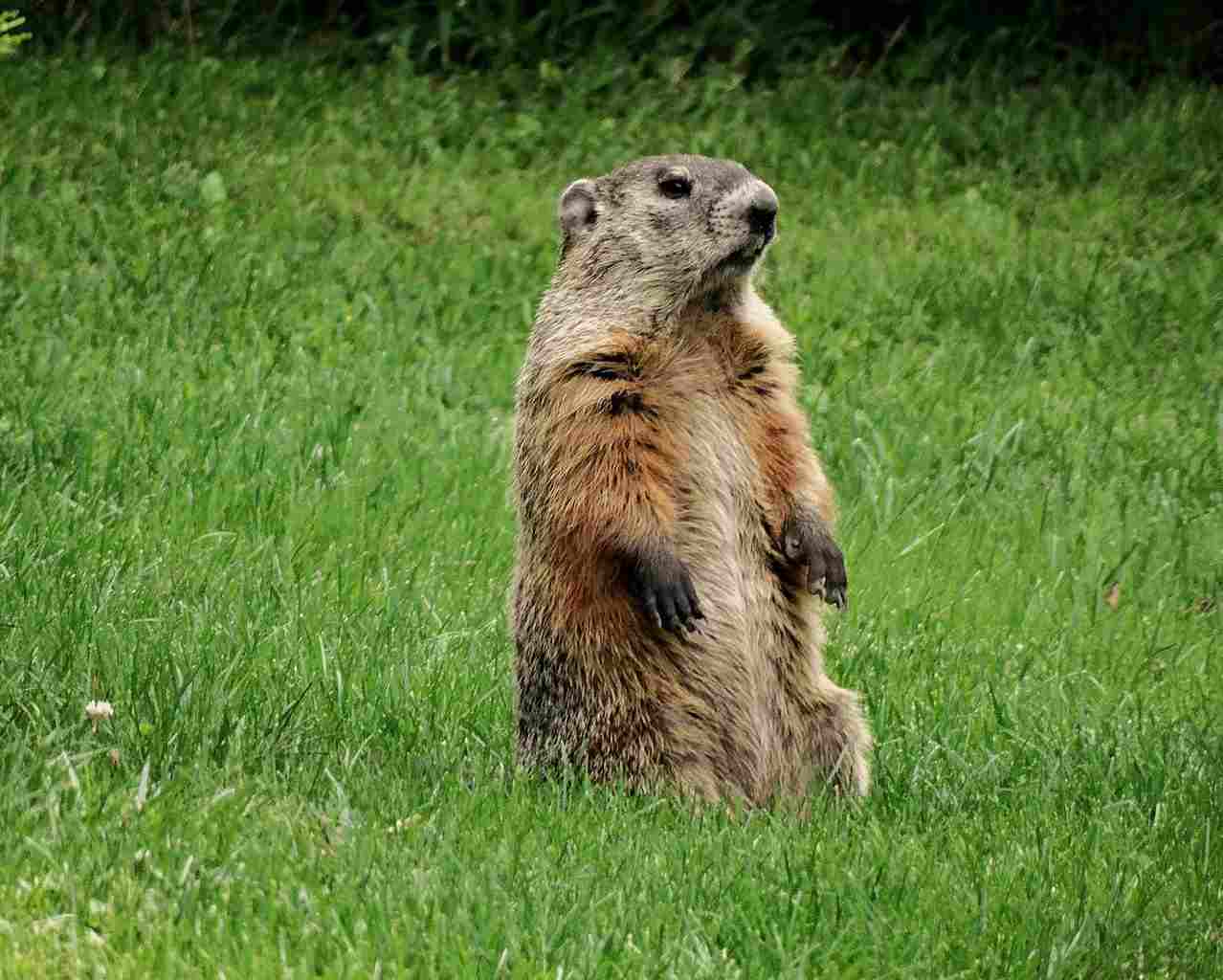
Groundhog:
Well-developed sense of smell and hearing.
Limited eyesight, but keen awareness of surroundings.
Muskrat:
Good sense of smell and hearing.
Eyes adapted for both aerial and aquatic vision.
Comparison: Both species rely on acute senses of smell and hearing, with variations in eyesight adaptations.
Ecological Implications: Sensory adaptations contribute to detecting predators and locating resources in their specific habitats.
11. Overall Physical Capacity:
Groundhog:
Suited for digging and burrowing.
Moderate mobility on land.
Muskrat:
Well-adapted for swimming and navigating aquatic environments.
Efficient movement in water.
Comparison: Groundhogs excel in terrestrial activities, while muskrats are specialized for an aquatic lifestyle.
Ecological Implications: Physical capacities align with their ecological roles, influencing habitat interactions and resource utilization.
12. Habitat Preference(s) and Geographic Region:
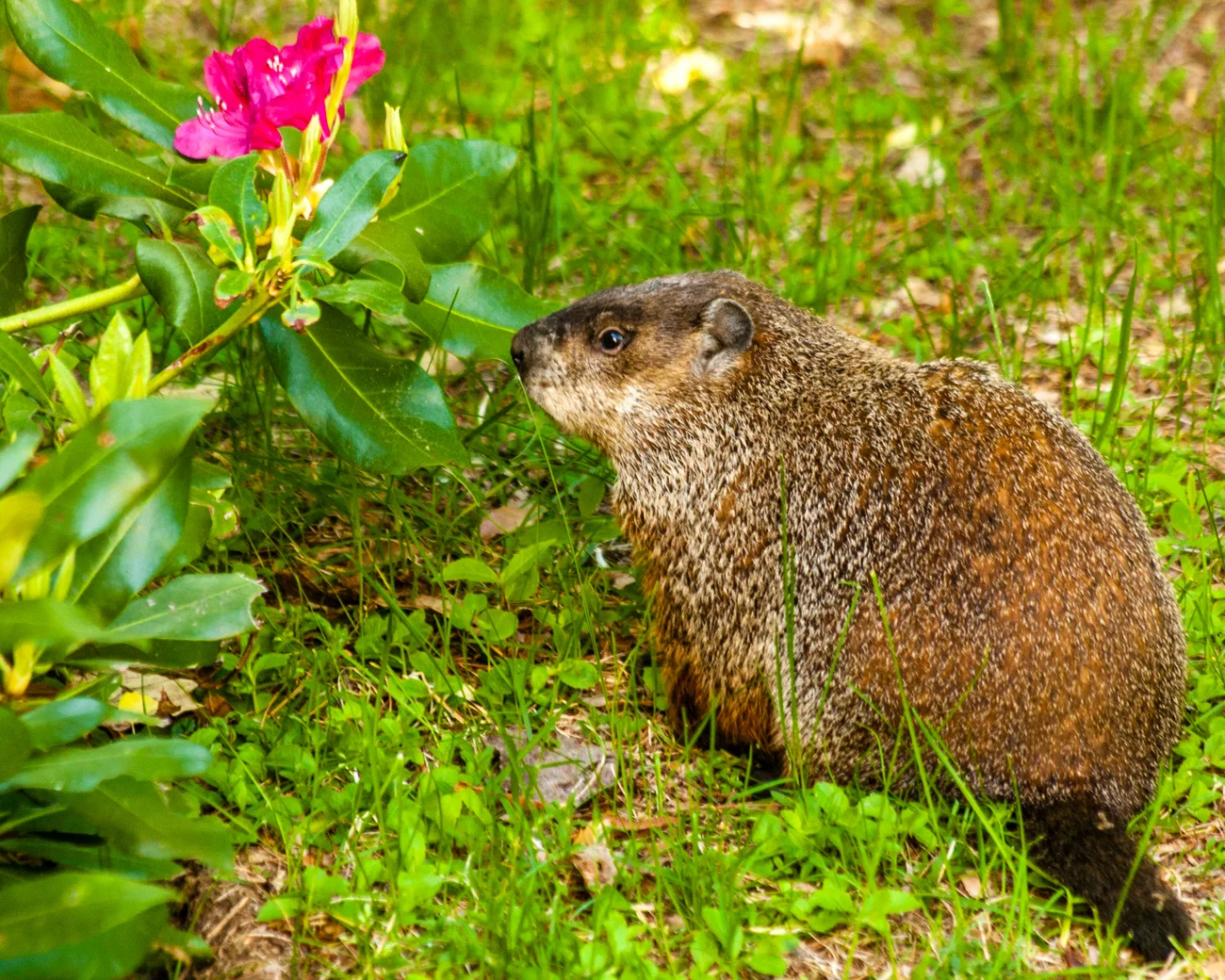
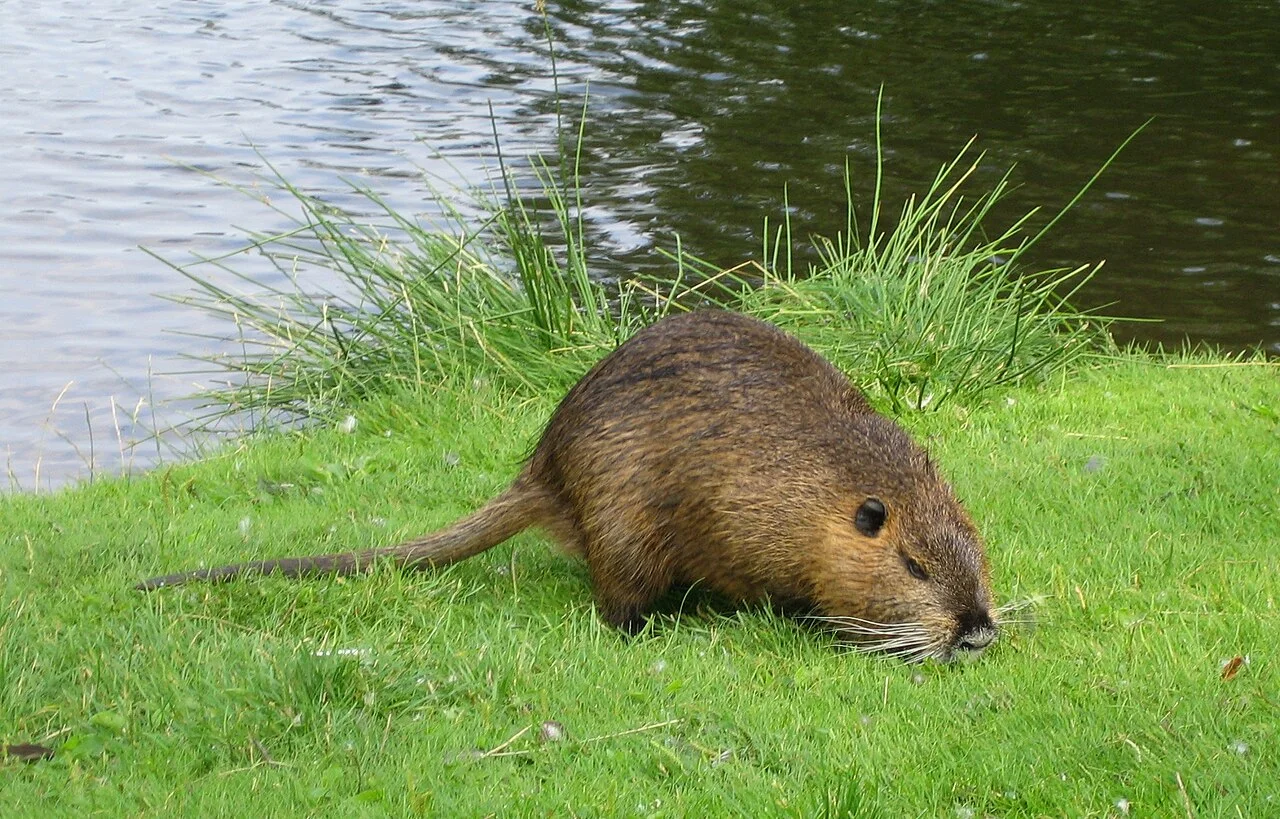
Groundhog:
Prefers open woodlands, grasslands, and areas near water.
Common in North America.
Muskrat:
Inhabits wetlands, lakes, ponds, and slow-flowing rivers.
Widespread in North America and Eurasia.
Comparison: Groundhogs favor a variety of habitats, while muskrats are closely associated with aquatic environments.
Ecological Implications: Habitat preferences influence ecosystem dynamics, with groundhogs impacting terrestrial and muskrats influencing aquatic ecosystems.
13. Tracks:
Groundhog:
Clawed tracks with distinctive patterns, often leading to burrows.
Muskrat:
Webbed hind feet leave tracks near water, displaying distinct patterns.
Comparison: Groundhog tracks indicate burrow locations, while muskrat tracks are associated with aquatic habitats.
Ecological Implications: Tracking patterns provide insights into their movements and habitat utilization.
14. Lifespan:
Groundhog:
Typically 3-6 years in the wild.
Muskrat:
Usually 3-4 years in the wild.
Comparison: Both groundhogs and muskrats have relatively short lifespans in the wild.
Ecological Implications: Short lifespans may influence population dynamics and ecological interactions in their respective habitats.
15. Mode of Feeding:
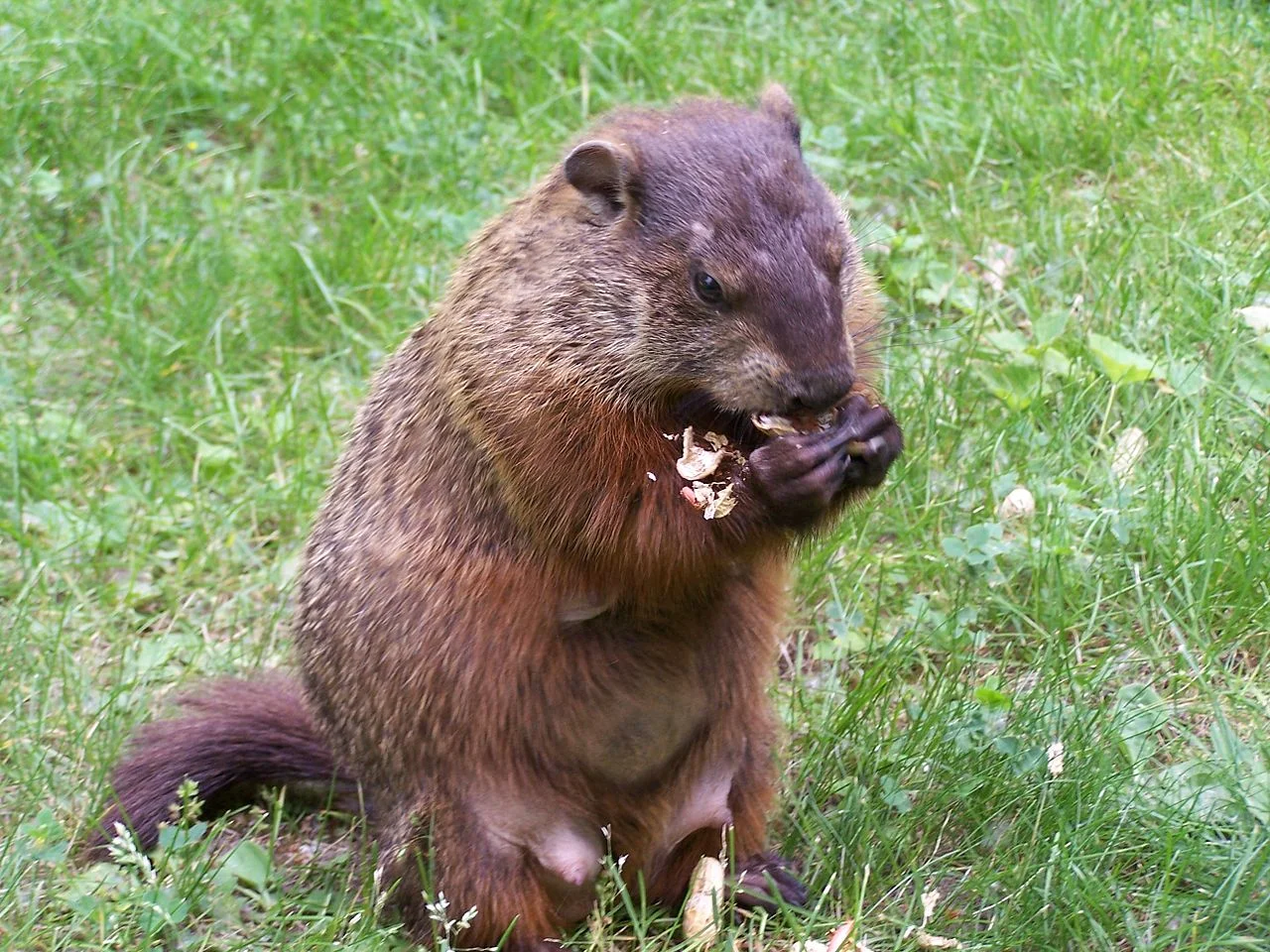
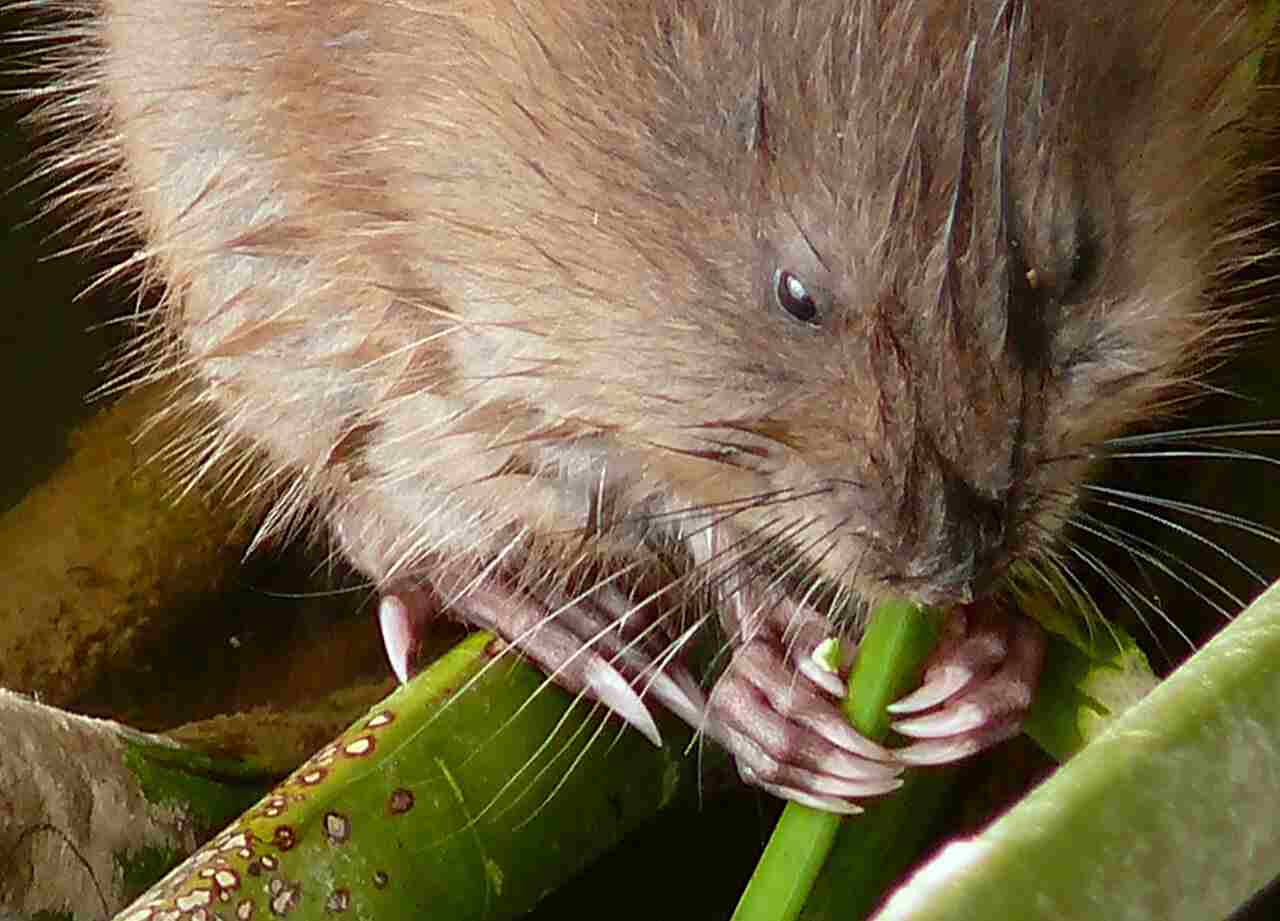
Groundhog:
Herbivorous, primarily consuming plants, fruits, and vegetables.
Muskrat:
Herbivorous, feeding on aquatic vegetation, roots, and occasionally small invertebrates.
Comparison: Both species share herbivorous diets with slight variations in preferred food sources.
Ecological Implications: Feeding habits contribute to their ecological roles, influencing plant communities and nutrient cycling.
16. Intelligence:
Groundhog:
Display problem-solving abilities related to burrow construction and foraging.
Muskrat:
Exhibit intelligence in building lodges and navigating aquatic environments.
Comparison: Both groundhogs and muskrats demonstrate intelligence in their respective behaviors.
Ecological Implications: Intelligence contributes to their ability to adapt to changing environments and utilize resources efficiently.
17. Social Behavior:
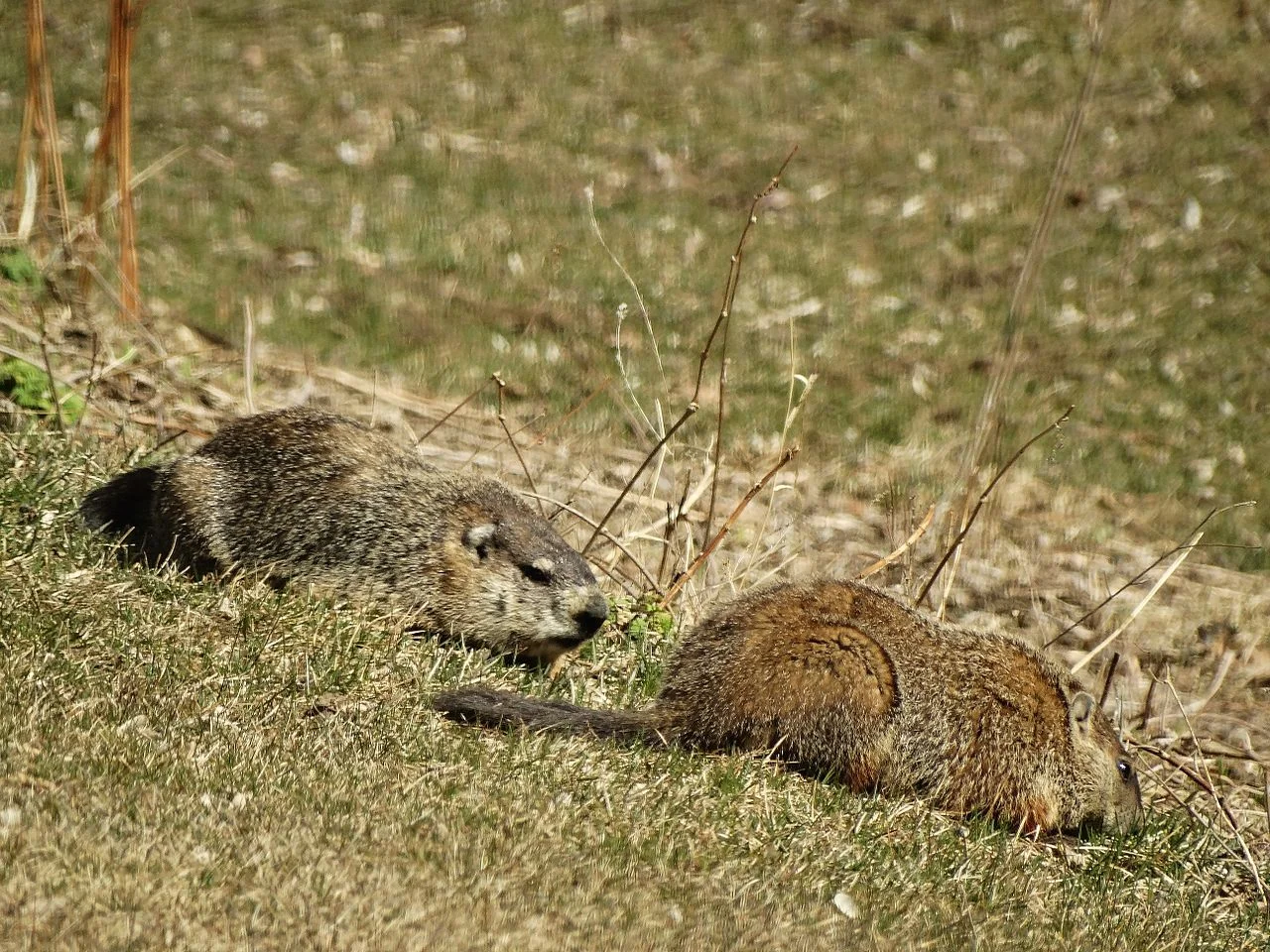
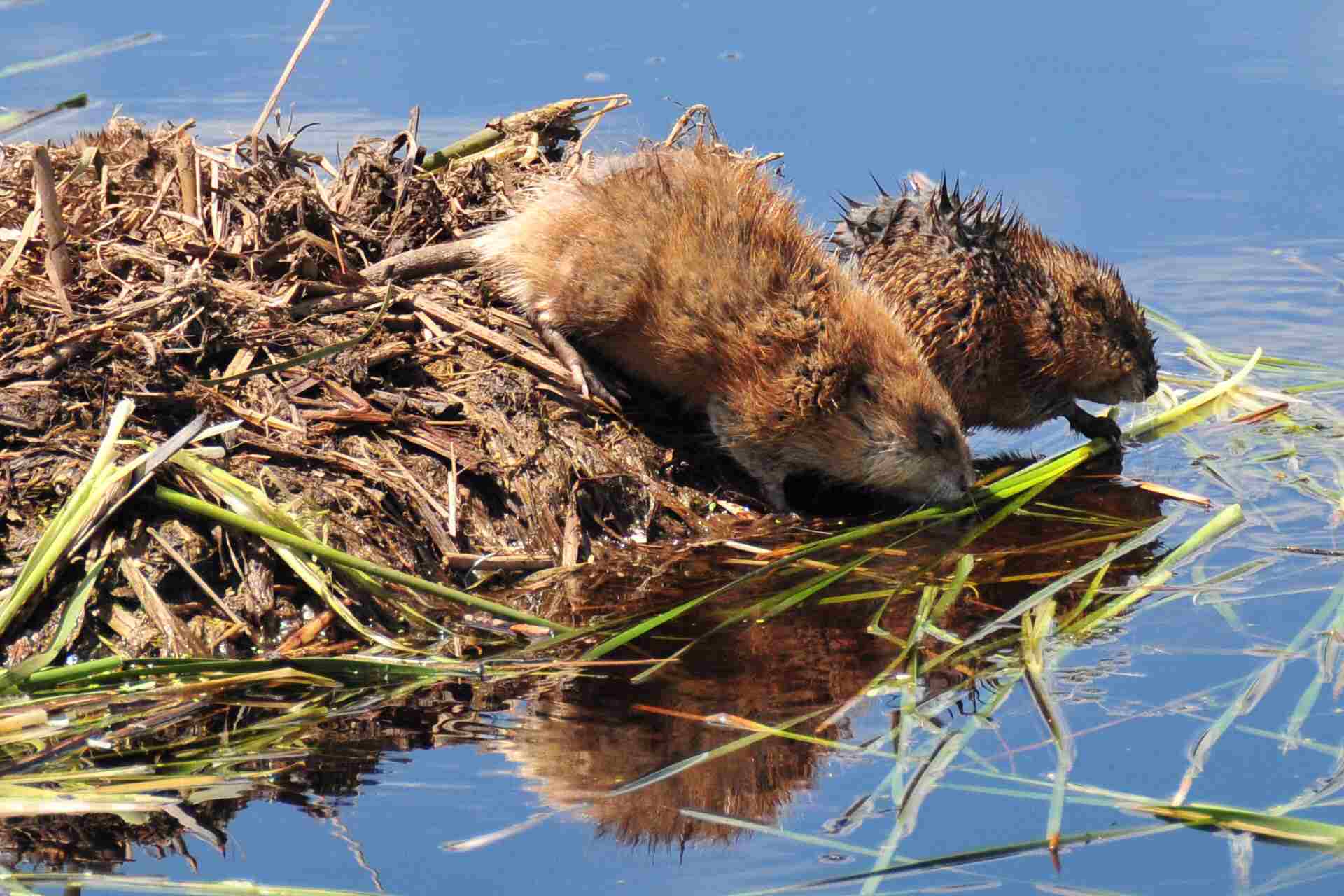
Groundhog:
Generally solitary, but may share burrows during hibernation.
Muskrat:
Social animals, often living in family groups and sharing lodges.
Comparison: Groundhogs are more solitary, while muskrats exhibit social behaviors, especially in family units.
Ecological Implications: Social structures impact population dynamics, resource utilization, and ecological roles within their habitats.
18. Mode of Reproduction:
Groundhog:
Typically solitary breeders, with a single annual litter of 2-6 young.
Muskrat:
Breeds throughout the year in family groups, with 1-3 litters annually, each containing 3-8 young.
Comparison: Groundhogs have a less frequent breeding pattern compared to muskrats, which breed more consistently throughout the year.
Ecological Implications: Reproductive strategies influence population dynamics and ecological interactions within their habitats.
19. Parental Behavior:
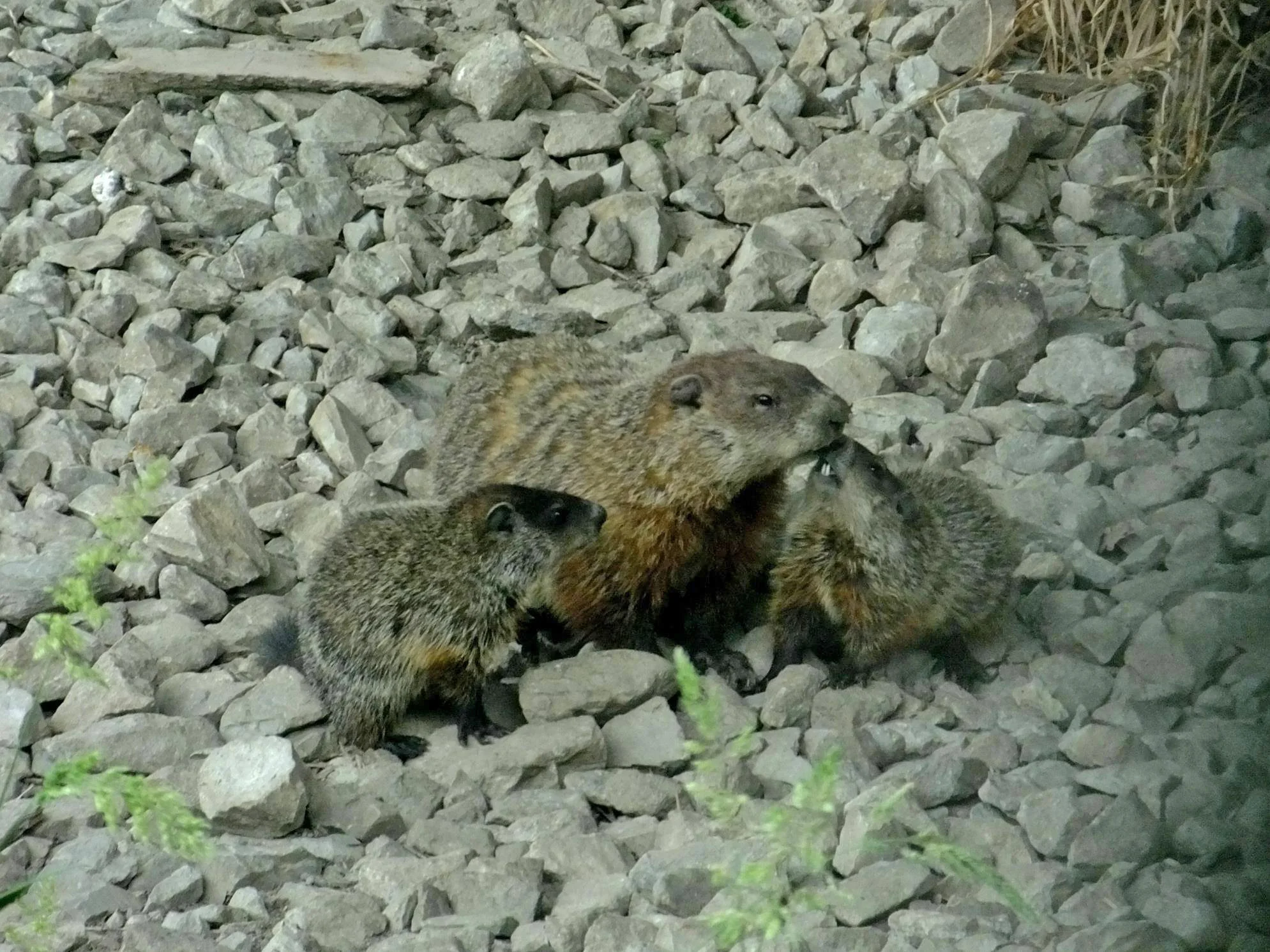
Groundhog:
Females care for the young in the burrow until they are weaned.
Muskrat:
Both parents contribute to caring for the young, with communal nesting and protection.
Comparison: Muskrats exhibit more cooperative parental behavior compared to the more solitary nature of groundhogs.
Ecological Implications: Parental roles impact the survival and development of offspring, influencing population dynamics.
20. Proximity to Human-Inhabited Areas:
Groundhog:
Often found in suburban and rural areas, especially near gardens and farmlands.
Muskrat:
Commonly found near bodies of water, including urban ponds and marshes.
Comparison: Groundhogs are more adaptable to suburban environments, while muskrats are associated with aquatic habitats in various settings.
Ecological Implications: Proximity to human-inhabited areas can lead to interactions, influencing both species and potentially human-wildlife conflicts.
21. Behavior Toward Humans:
Groundhog:
Generally shy, but may become accustomed to human presence, especially in suburban settings.
Muskrat:
Typically avoid direct contact with humans but can coexist in urban and suburban areas.
Comparison: Both species tend to avoid direct interaction with humans but may adapt to human-altered environments to some extent.
Ecological Implications: Human interactions can impact behavior and habitat use, affecting the ecological roles of groundhogs and muskrats.
22. Danger Posed to Humans:
Groundhog:
Generally not considered dangerous to humans.
May cause damage to gardens and crops.
Muskrat:
Generally not dangerous to humans.
May alter wetland habitats, influencing vegetation.
Comparison: Neither groundhogs nor muskrats are considered direct threats to human safety.
Ecological Implications: Potential habitat alterations by muskrats can indirectly impact ecosystems, while groundhogs may cause localized damage to vegetation.
23. Associated Precautions:
Groundhog:
Implementing fencing or deterrents to protect gardens.
Removing attractants like food sources.
Muskrat:
Managing wetland habitats to prevent excessive alterations.
Implementing measures to prevent damage to infrastructure.
Comparison: Precautions for groundhogs often involve garden protection, while precautions for muskrats may focus on habitat management.
Ecological Implications: Human interventions can influence the balance between wildlife and human interests in different habitats.
24. Conservation Status:
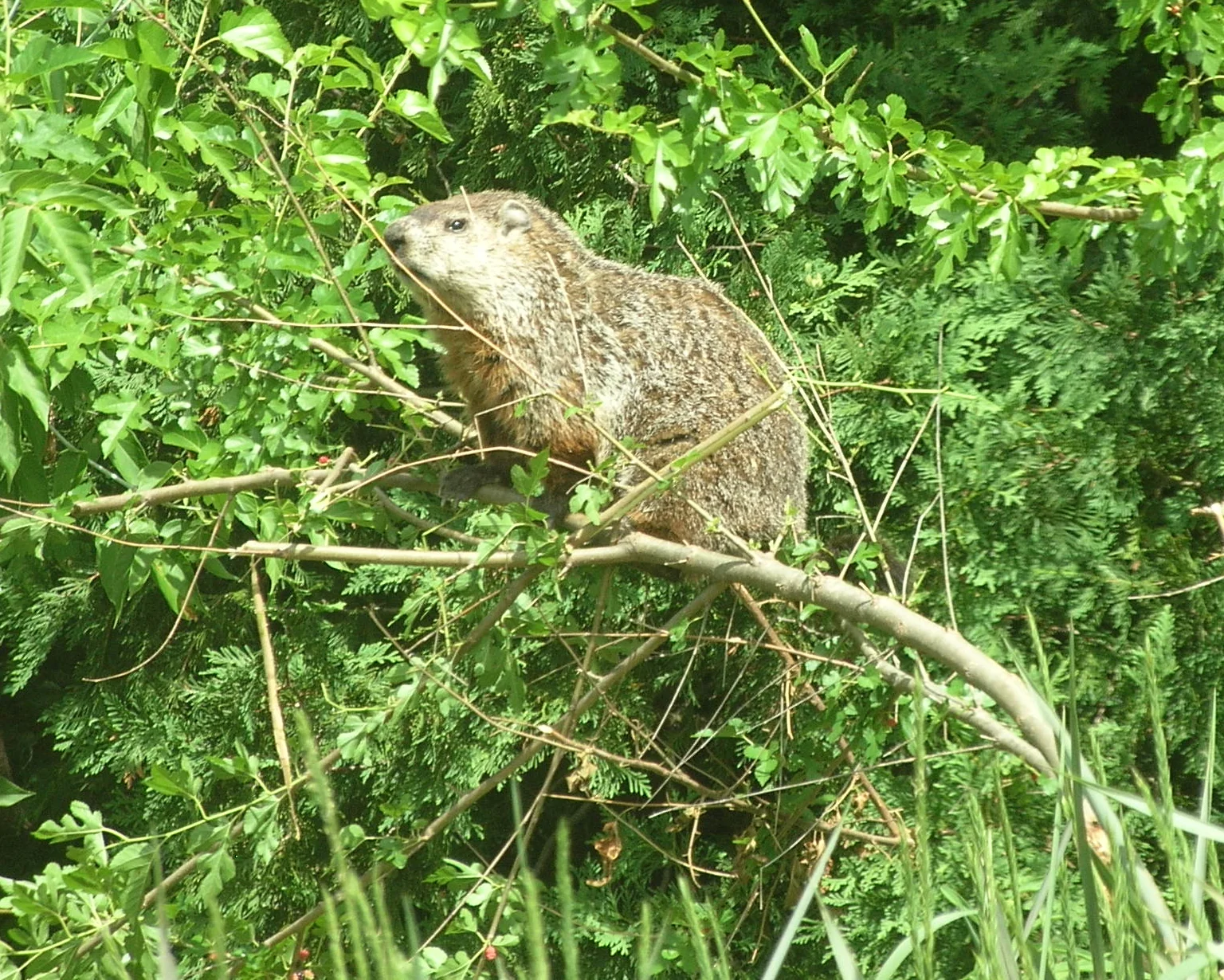
Groundhog:
Not a species of conservation concern; population status stable.
Muskrat:
Generally stable population; not a significant conservation concern.
Comparison: Both groundhogs and muskrats are not currently considered threatened or endangered.
Ecological Implications: Stable populations suggest that they are not currently facing major ecological threats that would impact their conservation status.
*Summary of Comparison
Taxonomy:
Groundhog: Family Sciuridae, Genus Marmota
Muskrat: Family Cricetidae, Genus Ondatra
Appearance:
Groundhog: Robust, short-tailed, brown/gray fur.
Muskrat: Streamlined, scaly tail, brown waterproof fur.
Size:
Groundhog: 16-26 inches
Muskrat: 16-24 inches
Weight:
Groundhog: 4-9 pounds
Muskrat: 1.5-4 pounds
Bite Force (PSI):
Limited data available for both.
Physical Offensive Advantages:
Groundhog: Digging, quick movements.
Muskrat: Sharp incisors, agile swimmers.
Physical Defensive Advantages:
Groundhog: Burrowing, vigilance.
Muskrat: Diving, swimming, hiding.
Speed:
Groundhog: 8 mph
Muskrat: Land speed not well-documented.
Agility:
Groundhog: Terrestrial agility.
Muskrat: Aquatic agility.
Senses:
Both: Good sense of smell and hearing.
Overall Physical Capacity:
Groundhog: Burrowing, moderate mobility.
Muskrat: Swimming, efficient movement in water.
Habitat Preference(s) and Geographic Region:
Groundhog: Open woodlands, grasslands, North America.
Muskrat: Wetlands, lakes, ponds, North America, Eurasia.
Tracks:
Groundhog: Clawed tracks leading to burrows.
Muskrat: Webbed hind feet tracks near water.
Lifespan:
Both: 3-6 years in the wild.
Mode of Feeding:
Both: Herbivorous.
Intelligence:
Both: Problem-solving abilities in respective behaviors.
Social Behavior:
Groundhog: Generally solitary.
Muskrat: Social, family groups.
Mode of Reproduction:
Groundhog: Solitary breeders, 2-6 young.
Muskrat: Group breeding, 3-8 young.
Parental Behavior:
Groundhog: Female cares for young.
Muskrat: Cooperative parental care.
Proximity to Human-Inhabited Areas:
Groundhog: Suburban and rural areas.
Muskrat: Near bodies of water, urban ponds.
Behavior Toward Humans:
Both: Generally avoid direct contact.
Danger Posed to Humans:
Both: Not considered dangerous.
Associated Precautions:
Groundhog: Garden protection, deterrents.
Muskrat: Wetland habitat management.
Conservation Status:
Both: Not a significant conservation concern.
Conclusion
I. Similarities:
Herbivorous diet.
Limited danger to humans.
Presence in North America.
II. Differences:
Reproductive patterns (solitary vs. communal).
Habitat preferences (terrestrial vs. aquatic).
Social behaviors (solitary vs. social).
